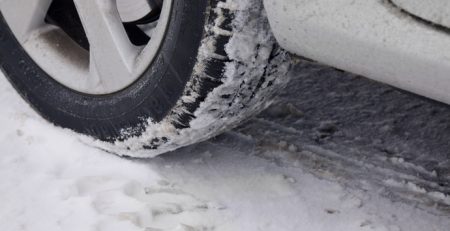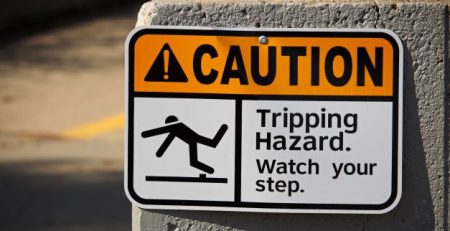WHAT IS DAMP PROOFING TREATMENT?
What is Damp Proofing?
Damp Proofing is a common concept used to identify techniques and procedures in mitigating moisture that has developed inside the walls and floors and into the internal structure of the building.
Dampness is seen in many old properties that may have been built without even a damp-proof membrane. However, some of the modern buildings still face this issue due to water leakage, excessive flooding, temperature changes, and so on.
It is vital to include a damp proof specialist to deal with the damp phenomenon, from either the collapse of a damp proof course/DPC to increased levels of ingress of water and any other form of dampness.
Why is Damp Proofing Important?
Damp proofing operates as a long-term preventive measure for moisture deterioration. If it comes to walls and building foundations, damp proofing helps to prevent moisture as well as water from passing through enclosed spaces.
Also, a safe and purpose-built damp proofing course can help avoid wood rotting and structural degradation by preventing water from touching timber inside the property, and in doing so, it eliminates outbreaks of dry and wet rots.
Signs of damp
Damp issues can adversely impact just about every new or old building, but damp is related to low maintenance of the property, poor construction quality, the use of poor quality building materials, or the complete absence or malfunction of the installed damp proof course.
Damp Signs inside the property:
- Musty Damp Odor
- Deterioration of plater, paint
- Damp stains on the chimney
- Damp marks, mildew or salt gunk on walls
- Wall staining
- Corrosion of screws and nails
- Fungal growth on walls and property structures
- Tidemarks on walls
Damp Signs outside the property:
- Water or salt marks on walls
- Growing vegetation outside of the property
Damp treatment process
1. Membrane Damp Proofing
For this approach, a waterproof membrane or a damp proof course/DPC is inserted between the root of the dampness and the portion of the structure adjacent to the membrane.
DPC would comprise of versatile and efficient materials including bitumen, bituminous felt, mastic asphalt, plastic or polythene sheets, concrete, and metal sheets.
The DPCs are installed either vertically or horizontally in walls, floors, and the like.
2. Providing cavity wall
The Cavity Wall Building Process is an important means of avoiding dampness. In doing this, the primary outer wall is covered by an added outer skin wall, leaving a gap between the two.
The gap leaves an opening between the walls that stops the water or moisture from moving from the outside to the inside of the wall.
3. Internal Damp Proofing
Any waterproofing additives are applied to the concrete mixture in this approach of damp proofing, making it impenetrable. Certain waterproofing substances can be used for internal damp proofing, including, chalk, talc, earth fillers, that can fill the empty spaces of concrete according to the concept of mechanical action.
The concentrations of chemical compound applied to the cement depends on the advice of the supplier. For standard waterproofing mechanism, 1 kg of a chemical compound in one bag of cement to keep the plaster and concrete water-resistant.
4. Surface treatment
This approach is effective if the moisture is just superficial and not under too much pressure. It involves applying a layer of water repellent substances to the surface. Some of the waterproofing products used for this application include sodium or potassium silicates and aluminum, zinc, and magnesium sulfates.
In the internal coating, dampness makes its way into the pores of the substance used for the finishing process. To prevent the moisture from reaching the pores, this should be sealed. A coating of water repellent compounds shall be applied to all surfaces by which moisture may enter, preventing the intrusion of moisture into the surface.
As for the uncovered stone or brick wall surfaces, spraying with water repellent solutions may be used. The use of a combination of clay, lime, and sand combined in 1:1:6 for exterior wall plastering is considered to efficiently avoid dampness in the wall due to rainfall.
5. Guniting
In Guniting, the exposed moist surface is protected by an impermeable layer of dense concrete mortar which is applied under pressure across uncovered structures or over pipes and cisterns for waterproofing.
A combination of concrete and water is superficially bound by a bonding device. After, 1: 3 concrete mortar is attached to a surface with a weight of compacted wind. Immediately, an impermeable mortar coating is provided.
To ensure tight compaction and stronger adhesion of the dense cement mortar, this process is performed under pressure with the aid of the Guniting Gun so the processed surface then becomes water-resistant.
6. Weight grouting
This consists of pushing the concrete groove under pressure, through fractures, holes, etc. immediately in the auxiliary sections of the building. Along certain lines, the auxiliary sections and the structures which are expected to damp entry are merged and are thus made secure for water-infiltration.
This strategy is very feasible when it comes to proving the draining of elevated earth water through the property.
Take note, do not even try to do all these strategies on your own. Take the aid of a professional damp proof company in maintaining and keeping damp away from your property.












